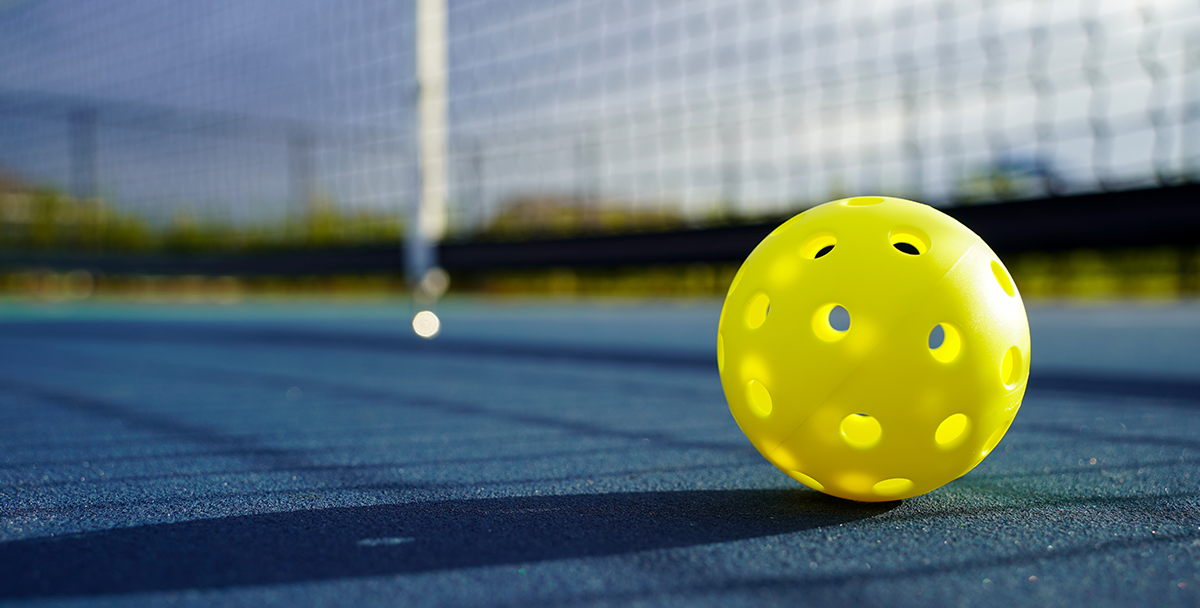The basic rules for achieving deep, uninterrupted sleep sound simple: “Eat well, cut out caffeine, exercise and have a wind-down routine,” says Dr. Seema Khosla, medical director of the North Dakota Center for Sleep and a fellow of the American Academy of Sleep Medicine™. But it doesn’t hurt to call in some reinforcements, from the softest sheets to podcasts that tell boring stories on purpose.
Here are seven ideas to bring into the bedroom:
1. Warmer Bulbs
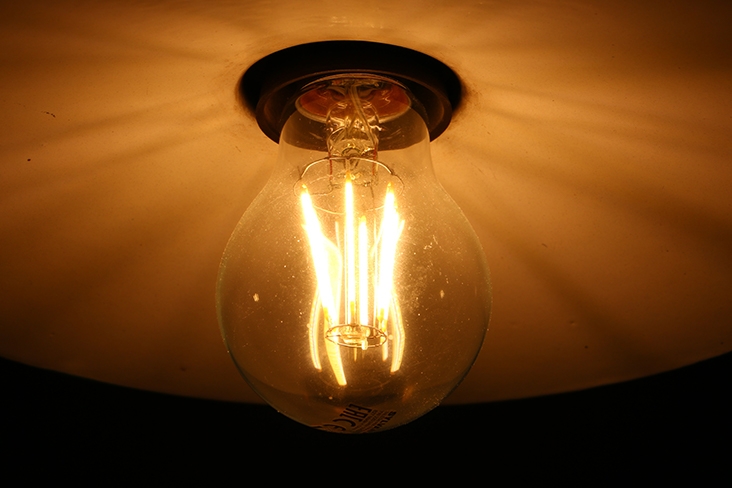
Blue light – the short-wavelength glow cast by standard light bulbs and electronic devices – suppresses sleep-inducing melatonin, which may affect your ability to fall asleep at night.
New TUO bulbs, programmed to emit long-wavelength oranges and yellows at strategic hours to help keep our sleep-wake cycles on track, are designed based on research from the University of Washington Health Sciences/UW Medicine, where scientists found a cell in our eyes that responds to these sunset-colored lights. Or skip the sticker shock of smart bulbs for a lower-tech fix: Some people use red or pink Christmas lights in their bedroom lamps, Khosla says.
2. Sheets You’ll Dream About
“You want to look forward to getting in bed,” says Nancy H. Rothstein, sleep expert and director of Sleep Health with Resonea. Choosing a fabric comes down to what you find pleasing: Sateen is silky smooth, percale is hotel crisp and flannel’s fuzzy surface works like the insulation in the walls of your home, trapping warm air to keep you toasty.
A high thread count once promised a softer fabric (the more yarn threads per square inch of sheet, the finer each strand must be), but brands have found loopholes, using coarser two-ply yarn to artificially double the count. It’s better to judge by feel. If you don’t want to shop in person, some brands (including many on sleepfoundation.org’s best sheets of 2021 list) offer trial periods.
3. Weighted Blankets
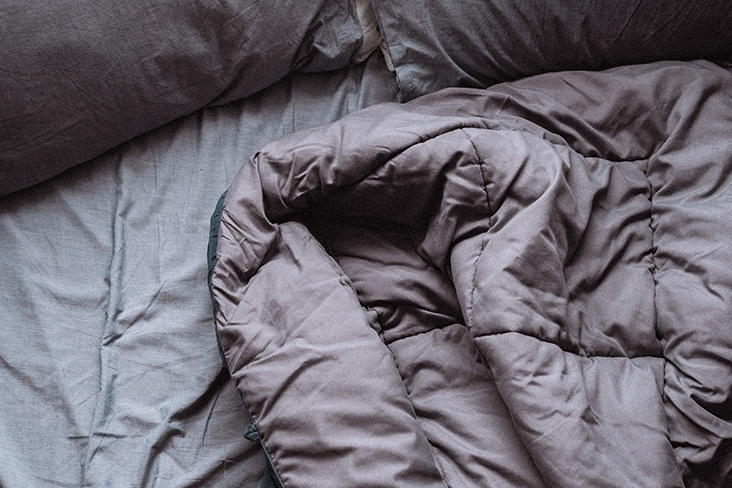
The heft of a weighted blanket is meant to mimic deep pressure stimulation, a technique used in massage therapy to kick-start your parasympathetic nervous system, which slows your heart rate to calm you.
In a study published in 2020, patients diagnosed with insomnia and a co-occurring disorder (such as anxiety or depression) experienced significantly better sleep when using a weighted blanket between about 13 and 18 pounds. Choose one that’s 5% to 10% of your body weight, Khosla says, and that’s quilted to keep the beads evenly spread.
Also trending: weighted teddy bears.
4. Aromatherapy
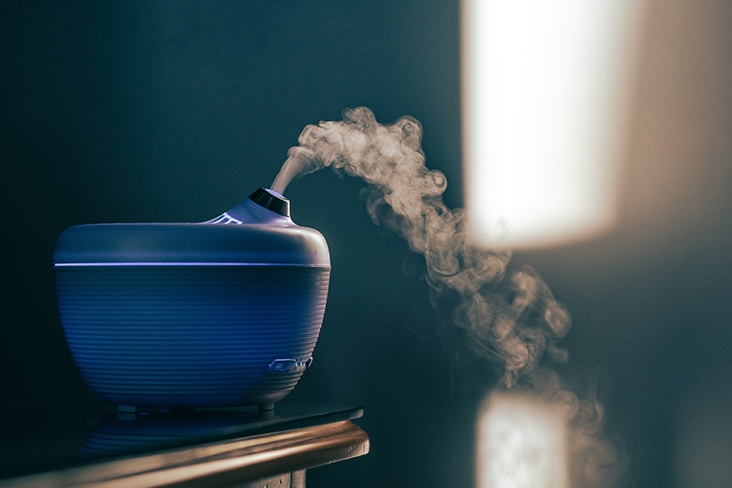
Pinterest has seen an 80% increase in searches year over year for the term “sleep blends for diffuser,” according to data analyzed between October 2018 and September 2020. The modern versions puff out vaporized oil. Try lavender, which scientists have long linked to improved sleep.
If you have a pet, tread carefully. Many oils are poisonous to animals if ingested (most often from a spilled diffuser, but a pet’s skin may even absorb the vapor from an active diffuser), and there’s also a comfort issue: Because pets have such heightened senses of smell, an odor that seems gentle to us may overwhelm them, warns the ASPCA®. Talk to your vet, but you may just want to try a scented face wash instead.
5. Pink Noise
Ambient sound hits every pitch the human ear can hear – not necessarily to lull you to sleep, but to keep you there. The idea is that if your ears are already cycling through every frequency, an interloping noise – whether passing truck or partner padding about – has less chance of startling you awake.
Pink noise, which plays the higher-pitched sounds at a lower volume, can be more pleasant than white noise, which keeps everything at the same decibel level. And research suggests that pink noise can increase slow-wave activity in the brain, boosting memory retention.
Look for a noise machine that operates independently of your phone, Rothstein says. The LectroFan Classic is a popular, moderately priced option. The newer Hatch Restore is more sleek and has other functions, including a sunrise alarm clock, but comes with a higher price tag.
6. Put-You-To-Sleep Podcasts
Switch on a podcast designed to put you to sleep. (You can use a voice-activated Bluetooth®1 speaker to avoid involving your phone screen.) On Sleep With Me, host Drew Ackerman tells stories slowly with many tangents.
There’s also Sleep Whispers, a collection of stories, trivia and Wikipedia entries read at a whisper, and Nothing Much Happens: Bedtime Stories for Grown-Ups, spinning pleasant but uneventful tales of, say, closing up a bookshop for the night.
7. A Ban on Screen Time
It’s not just the sleep-sucking effects of blue light; doomscrolling the news or answering emails winds up your brain when you should be powering down. “We’re all guilty of it,” Khosla says. “Sometimes I’ll sit there and think, Why can’t I sleep? Oh, I was on my phone late. I’m such an idiot.”
It’s best to check the device at the door. “There’s data showing that even if you leave your phone charging in your room, that it can disrupt your sleep,” Khosla says. But if you’re worried about missing an emergency call, try tucking the phone in a drawer or at least “flip that sucker over,” she says. “I also have ‘do not disturb’ set on my phone so only people in my favorites can get through at night.”
– Additional reporting by Rae Witte
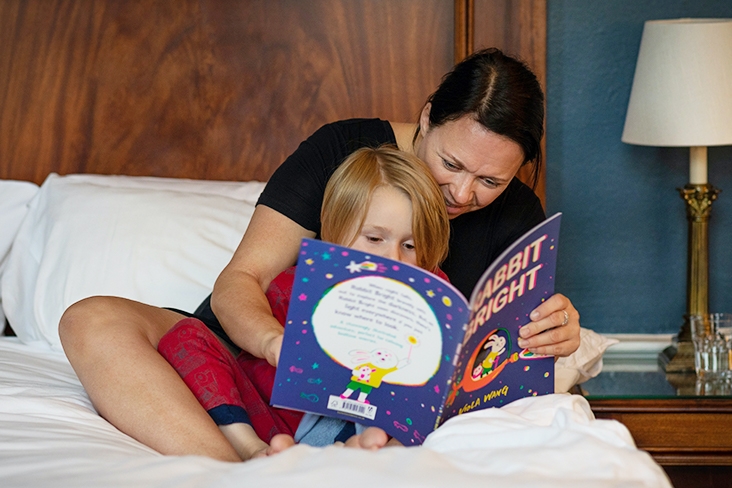
1 Bluetooth® is a registered trademark of Bluetooth SIG, Inc.


